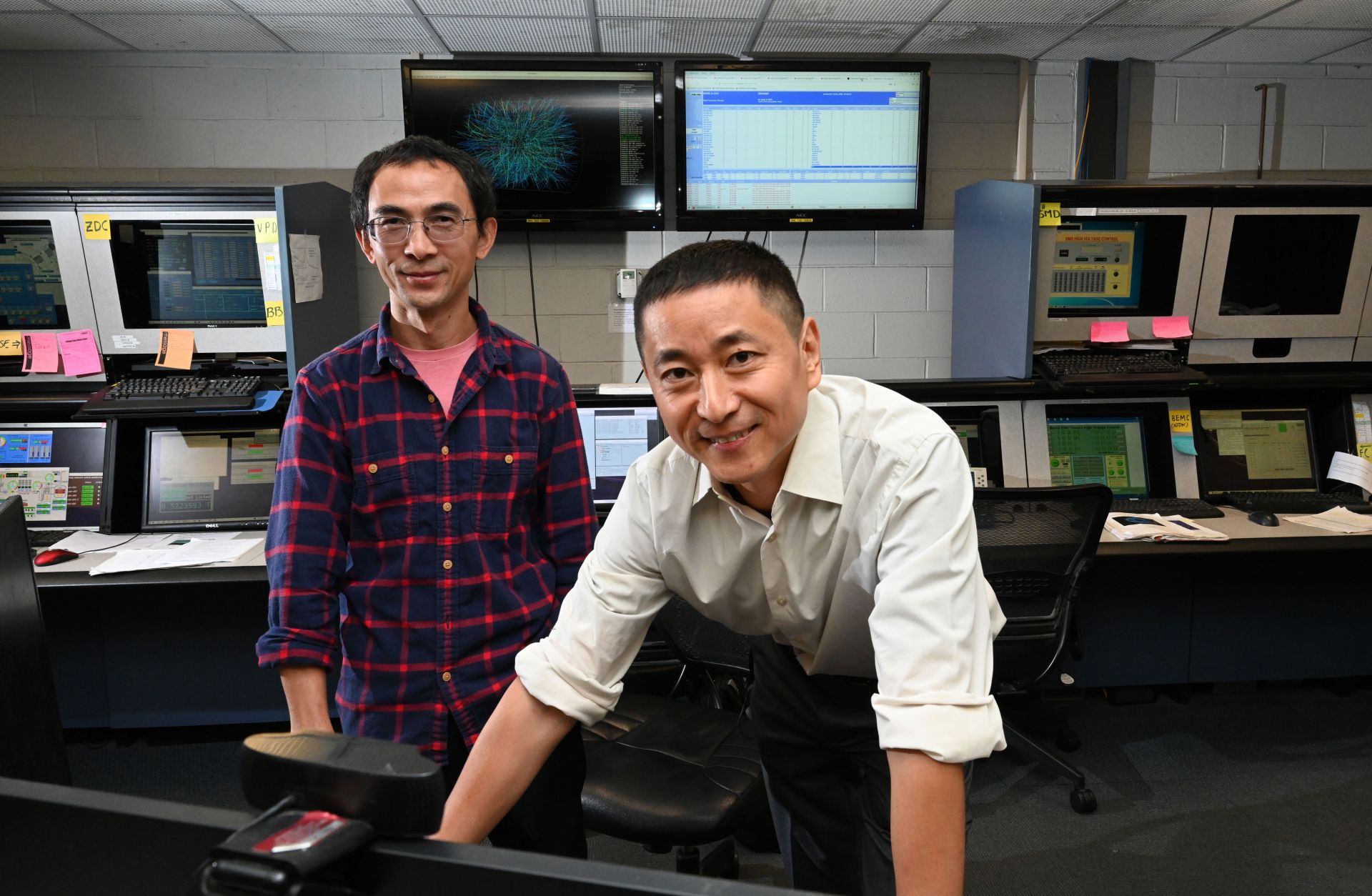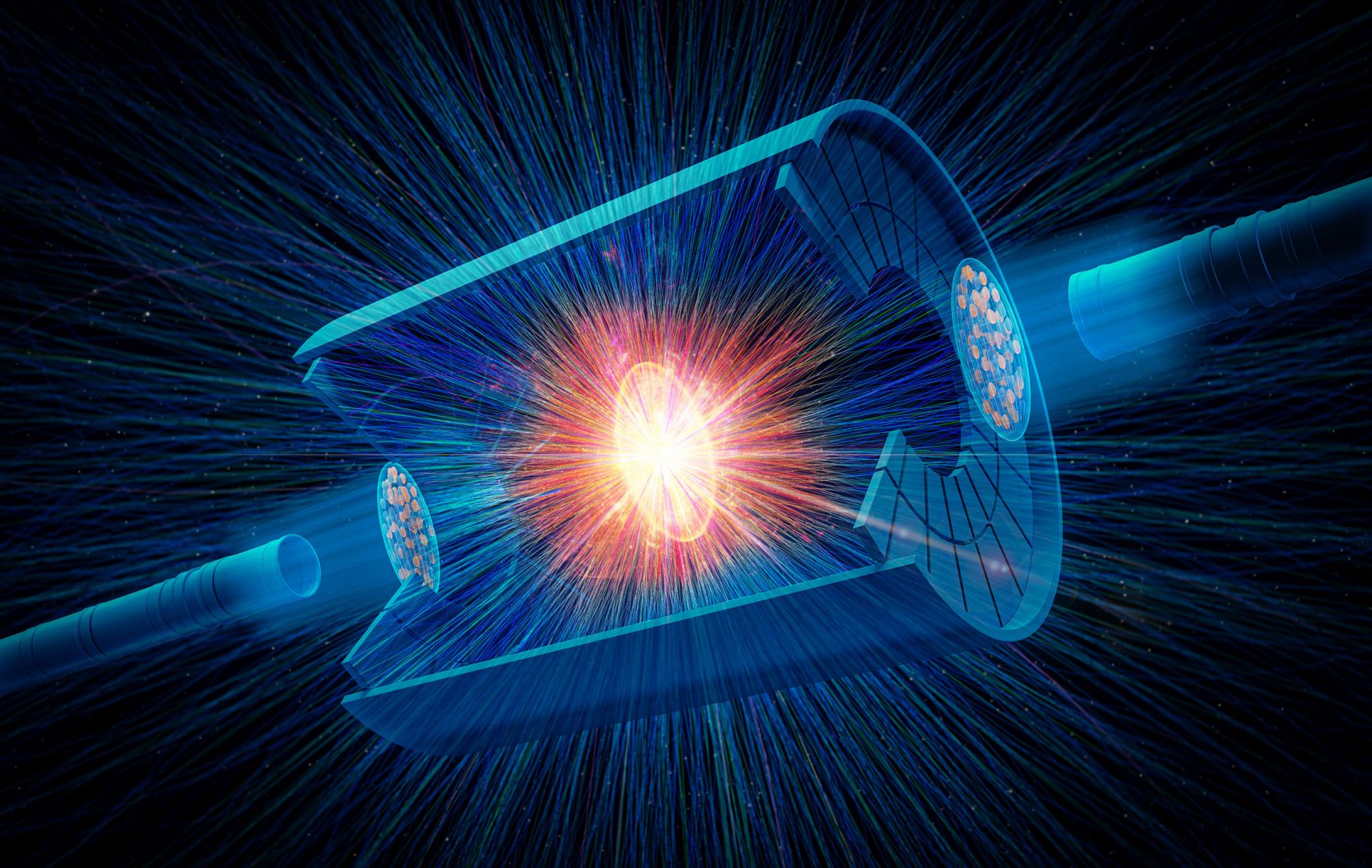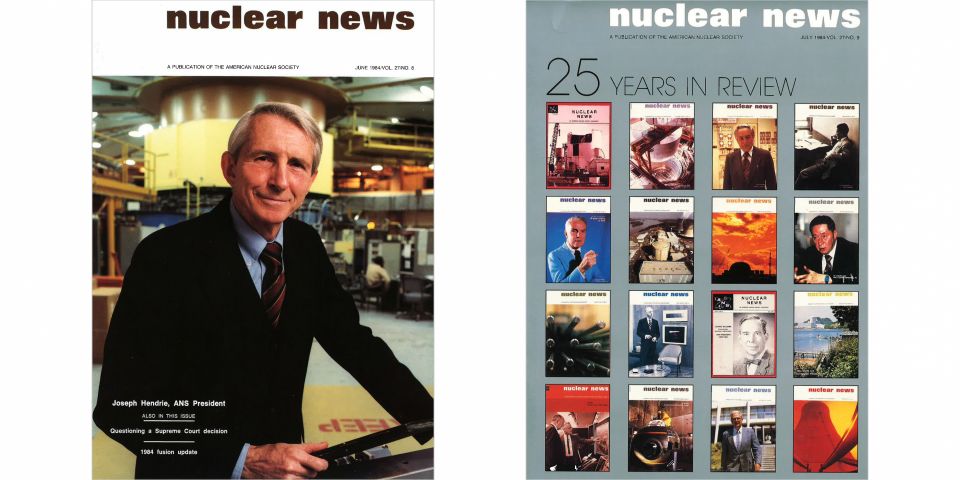Brookhaven experiment offers new way to study nucleus structure

Recently published research done at Brookhaven National Laboratory is offering a new, high-energy method for studying the structure of atomic nuclei. Scientists have been using the Solenoidal Tracker at the Relativistic Heavy Ion Collider (RHIC), known as STAR, to track the particles produced by ion collisions in the particle accelerator. Their research was published earlier this month in Nature.
STAR Collaboration: The study was carried out by the STAR Collaboration, an international group of hundreds of scientists and engineers who represent 55 institutions in 12 countries. In the experiment, the researchers “not only quantify the overall shape of the nucleus—whether it’s elongated like a football or squashed down like a tangerine—but also the subtle triaxiality, the relative differences among its three principle axes that characterize a shape in between the ‘football’ and ‘tangerine,’” said coauthor Jiangyong Jia, an adjunct professor of physics and astronomy at Stony Brook University in New York.
Low-energy limits: The high-energy method used in the study contrasts with the low-energy experiments that physicists have long used to study the shape and structure of nuclei, such as noninvasive spectroscopic techniques that observe the photons that are emitted during the decay of excited nuclei. Such methods are limited, because they do not provide information on subtle variations in spatial arrangement of the protons in nuclei—variations that occur too rapidly to be detected. The low-energy methods also fail to provide direct observations of the neutrons in nuclei.
STAR researchers summarized the problem: “At these [low] energies, their [nuclei] instantaneous shapes are obscured by long-timescale quantum fluctuations, making direct observation challenging.”

An artistic representation of charged particle tracks streaming from a collision of two uranium nuclei overlaid on a sketch of the STAR detector at the RHIC. (Image: Chunjian Zhang/Fudan University and Jiangyong Jia/Stony Brook University)
Collision-specific snapshot: In the nucleus-imaging technique used with the STAR detector, the researchers wrote, “We introduce the collective-flow-assisted nuclear shape-imaging method, which images the nuclear global shape by colliding them at ultrarelativistic speeds and analyzing the collective response of outgoing debris. This technique captures a collision-specific snapshot of the spatial matter distribution within the nuclei, which, through the hydrodynamic expansion, imprints patterns on the particle momentum distribution observed in detectors.”
By making a series of “snapshots” from many different collisions with their high-energy technique, the researchers were able to gather much more information and observe much more structural complexity than is possible with traditional low-energy techniques.
Checking the method: To check if their novel method for examining nucleus structure was in general agreement with traditional methods, the researchers compared their findings with previously known findings: “We benchmark this method in collisions of ground-state uranium-238 nuclei, known for their elongated, axial-symmetric shape. Our findings show a large deformation with a slight deviation from axial symmetry in the nuclear ground state, aligning broadly with previous low-energy experiments.”
Surprising finding about uranium: The main purpose of the study was to establish a new method for imaging atomic nuclei. During their research, however, the investigators also discovered some surprising new information about uranium nuclei. According to, “Instead of observing distortion in just the one principal axis that leads to ‘prolate’ elongation [of the uranium nucleus], the scientists found differences in all three axes, suggesting that uranium nuclei are more complex than previously thought.”
Relevance of study: BNL said that the work done by the STAR Collective to decipher the shapes of nuclei “has relevance to a wide range of physics questions, including which atoms are most likely to split in nuclear fission, how heavy atomic elements form in collisions of neutron stars, and which nuclei could point the way to exotic particle decay discoveries. Leveraging improved knowledge of nuclear shapes will also deepen scientists’ understanding of the initial conditions of a particle soup that mimics the early universe, which is created in RHIC’s energetic particle smashups. The method can be applied to analyzing additional data from RHIC as well as data collected from nuclear collisions at Europe’s Large Hadron Collider.”
Jia noted that the research is already having an impact on the nuclear physics community. “There are many interdisciplinary aspects of this research. Nuclear physics has many subfields. Usually, each community uses its own tools—theory and experiments. But because of these results, the low-energy nuclear structure and nuclear reaction communities around the world have taken notice. Several workshops, meetings, and conferences were organized to explore the connections between the high-energy and low-energy frontiers in nuclear physics, which allowed us to understand each other better.”



 2x1.jpg)

